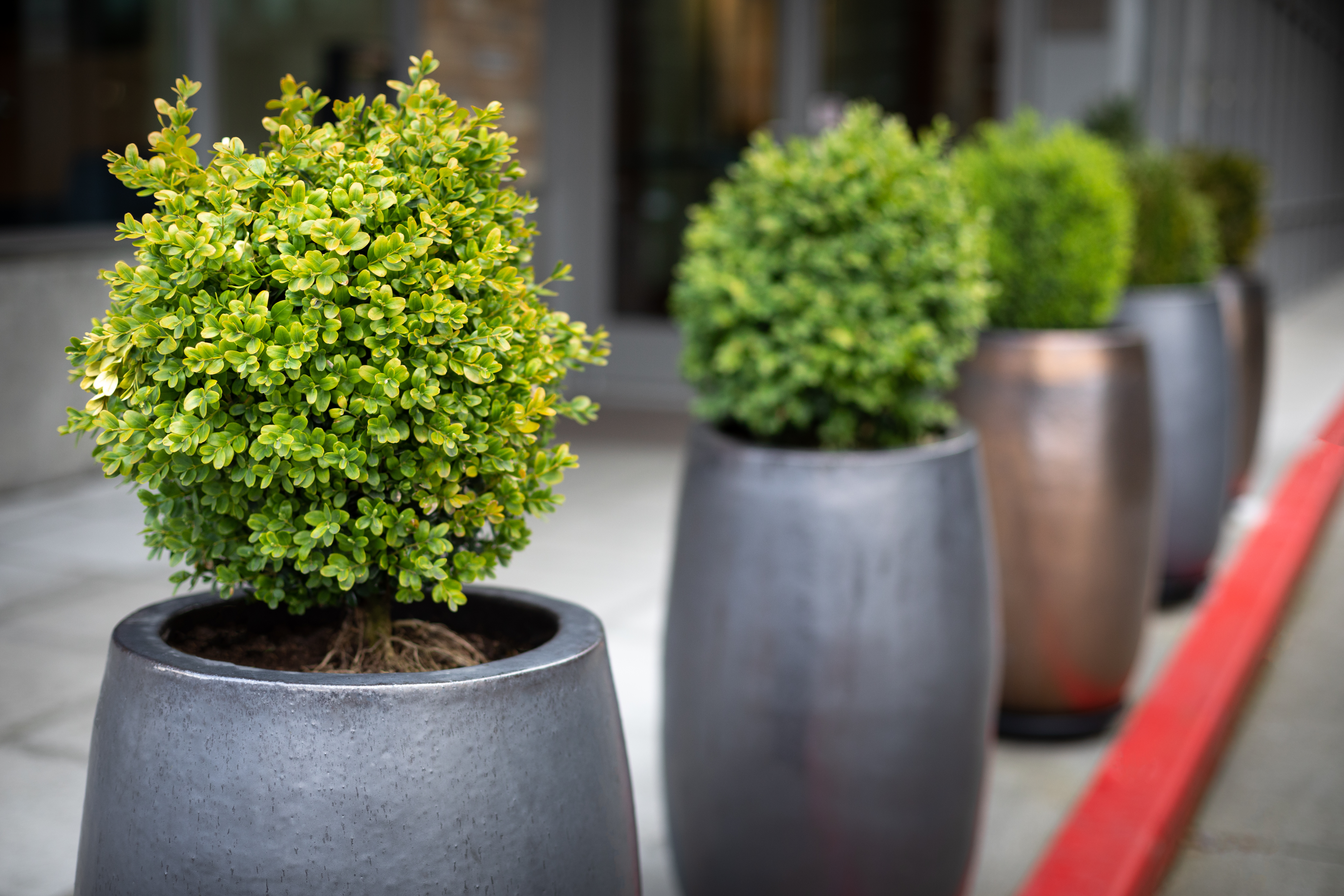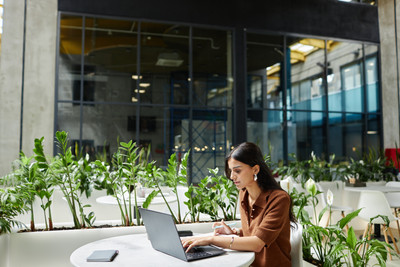Buying Commercial Planters: What Is the Best Material for Outdoor Planters?
Posted by Jason Wyrwicz on Aug 8th 2024

We all know first impressions count. And, just as we like to make ourselves look presentable when meeting someone new, it's also vital your business's exterior appears at its best. This will help you attract more customers, stand out from the competition, and capitalize on your outside space. While using pots full of blooming foliage is the easiest way to enhance your building's curb appeal, instantly adding vibrant color and fascinating texture, picking the perfect outdoor planters can be tricky.
Whether you're looking to cultivate shrubs, plants, flowers, trees, or even herbs and vegetables, the key to getting greenery to flourish in containers is to choose planters made from materials that will support their growth and protect them from harsh weather conditions. To help, we've listed the main points for you to consider when searching for the best material for outdoor planters.
Durability
Not all materials are created equal, with some withstanding wear and tear better than others. So before you dive in, it's a good idea to think about how you plan to use your new containers — for example, will they have to cope with freezing temperatures, regular direct sunlight, or lots of foot traffic? Here are the pros and cons for a few different types of planters to ensure you get the most bang for your buck.
- Fiberglass planters — from heat waves to chilling frosts, fiberglass planters are incredibly durable and weather-resistant as their non-porous resin coating keeps soil cool by retaining moisture for longer. They’re also hardy enough to stand up against seasonal thaws.
- Terracotta planters — while loved for their natural look and charming patina, terracotta pots absorb a lot of moisture which means you'll need to water your plants more often. Plus, they're prone to cracking and crumbling in colder weather.
- Metal planters — Lending a contemporary edge to your exterior decor, you can rest assured that steel or aluminum planters won't chip, crack or break. However, they can heat up quickly during the summer months, drying out the soil and potentially causing root damage.
- Wooden planters — Undoubtedly one of the more eco-friendly options on our list, wooden planters are packed full of rustic character but require a lot of maintenance for them to last without rotting.
Size
We recommend opting for large planters when decorating your business's outside areas. Not only do they tend to be more robust and better at surviving out in the elements, but they also offer more space for roots to spread and access nutrients in the soil.
Use a couple of tall, eye-catching pots of lush grass by an entranceway to catch the attention of passersby, or add a few planter boxes sprouting with neatly trimmed topiary to protect al fresco diners from the street and provide privacy.
Weight
If you're thinking about purchasing bigger containers, be aware that some materials, such as concrete and ceramic, are much more cumbersome and easily damaged when moved than lightweight, shatter-proof alternatives like fiberglass and resin. Having the freedom to change the location of your planters without specialist lifting equipment means you can keep patios, balconies, roof terraces, pool areas, and any other outside space looking fresh and current, mixing up your layout as trends evolve.
Another bonus of fiberglass planters is that they're to mold and decorate, so they are readily available in a wide variety of shapes, styles, and colors. They can even mimic other materials, including faux stone and weathered finishes, giving you a natural tone and texture without worrying about weight.
To hear more about how our fiberglass containers or custom metal planters can benefit your outside space, contact us at (855) 627-1066 or email at sales@potsplantersandmore.com.



